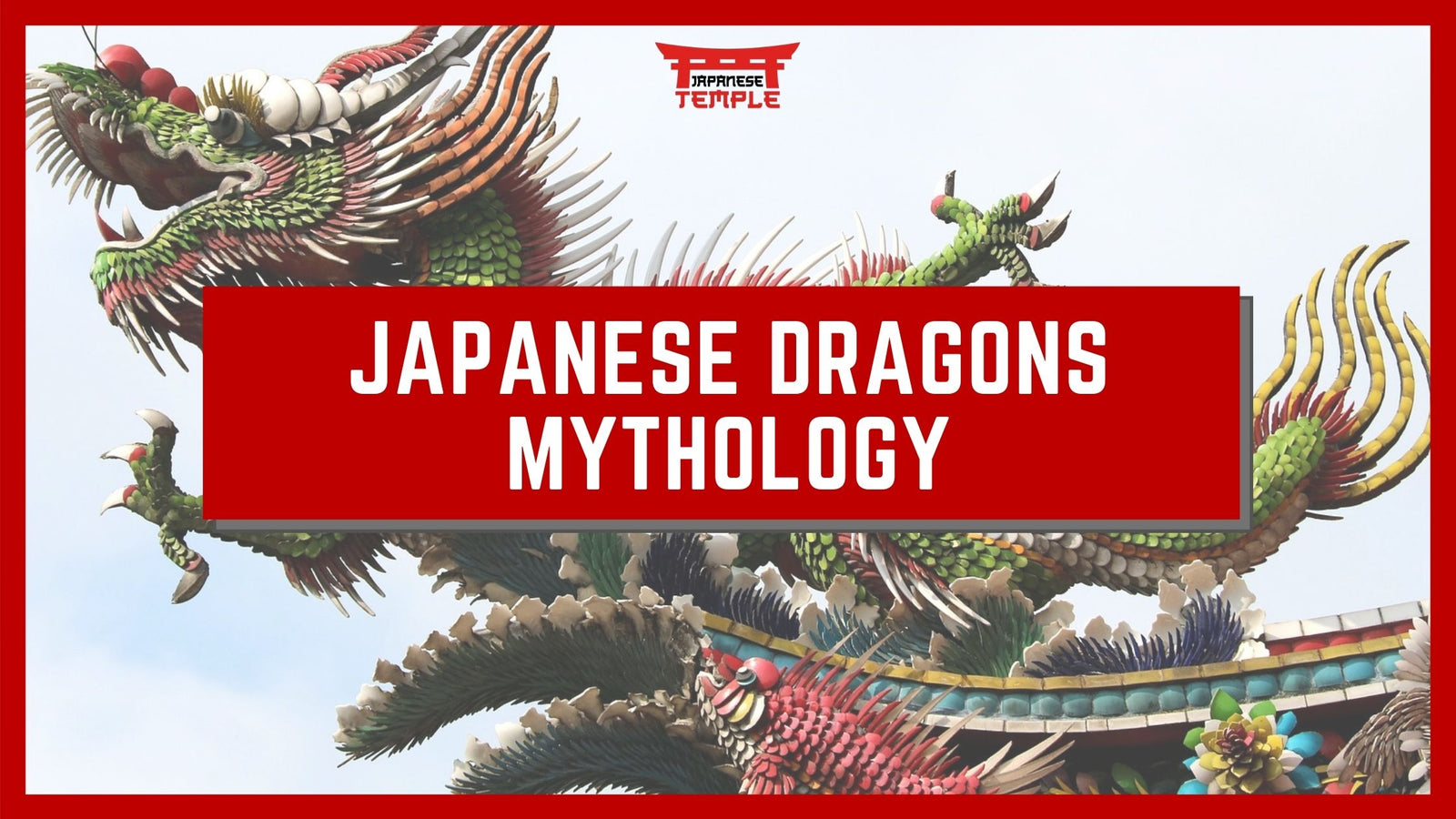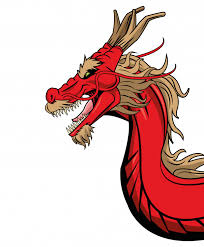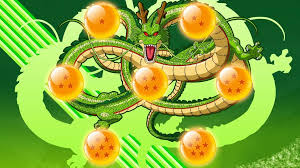Your Cart is Empty
⌛ TODAY FREE WORLDWIDE SHIPPING

The Japanese Dragon is considered a legendary creature in the Land of the Rising Sun. The meanings and symbols of the Japanese dragon are very similar to those of the Chinese dragons which are competitor.
These mythical beasts are awesome and they play a huge role in Japanese mythology, their stories and legends are very old and represent Japanese folklore. If you like Japanese works like anime, mangaand video games, you've probably come across a dragon. Our Japanese temple is full of dragon !

A Japanese dragon has a meaning of protection. He is a benefactor of humanity. A Japanese dragon tattoo symbolizes bravery, wisdom, and strength. Everyone who incorporates Japanese temples should know the meaning and symbol of the dragon.
The Japanese dragon is a strong symbol in Japan since it is an integral part of Japanese culture and is the guardian of Buddhism and sacred temples.
These legendary Dragons are undoubtedly one of the fantastic creatures that have fascinated humans the most since the dawn of time. If in the West, this terrifying creature has a multitude of history, legend and even series and films to its liking, it remains a terrible fire-breathing and merciless creature according to the accounts. The West really got to know the Japanese dragons thanks to Dragon Ball which is the world's leading Japanese manga.

Dragons have a meaning based on their colors. The red dragon signifies work and the future. The golden dragon signifies success to him in commerce. The blue dragon shows him happiness and wealth. The black dragon signifies protection to her in the toilet and bathroom and the white dragon signifies her great wealth and blessing in marriage.
According to the continents the meaning of the dragons vary:

The Japanese Dragon takes its origin from Buddhism and Shintoism. Influenced at first by the famous Chinese dragon, symbol of the Emperor, it will evolve over time thanks to various Japanese tales. This is how he will become a full-fledged Japanese creature and compete with the Chinese red dragon. In Japan as in China, the Dragon is considered as the 4th guardian of the celestial deities. The other 3 animals are the Phoenix, the Tiger and the Turtle. They are the guardians of the land of the rising sun.
Some of the earliest appearances of dragons in Japanese mythology occurred in the Kojiki (680 AD) and Nihongi (720 AD). The Kojiki, commonly known as Furukotofumi, is a set of various myths, linked to the four islands of Japan. The Nihongi, also called Nihon Shoki or Chronicles of Japan, is a more complete and detailed historical work than the Kojiki. In these two texts, aquatic deities in the form of snakes or dragons are mentioned repeatedly and in several ways. These creatures are considered the traditional Japanese dragons.

The Japanese temple will introduce you to the 5 legendary dragons of all time

TATSU the rain dragon who helped the people of Japan.
A terrible drought hits Japan. Soon the crops will be lost and then the men will die… According to the grandfather, it is Tatsu, the rain dragon who quarreled with Ameratsu, the sun and who left to sulk in a cave in the distant mountains. Until his anger is allayed, it won't rain again, and Meï, her granddaughter, decides to find Tatsu's cave and ask him to make it rain again.
They have a long, scaly body, snake tail, sharp teeth and claws, and often possess horns, antlers, thorns, and beards. Some tatsu have multiple limbs or heads. Many disguise themselves as humans and are never seen in their natural form.
We can often see Japanese people wearing hoodies or kimono with the Tatsu which represents a lot in the Japanese tradition.

Watatsumi, or Ryujin, was a legendary water god and a Japanese dragon in the world of Japanese mythology. Another name for the dragon is Owatatsumi no kami, which means "the great god of the sea" .
According to Japanese mythology, Watatsumi lived in a palace called Ryugo-jo under the sea. It is believed that he served as the guardian of the Shinto religion and that he would welcome humans to his kingdom if they fell into the sea. and his many daughters have made frequent appearances in various legends.
These water dragons have a snake body with fins and are often found on tattoos of Japanese stars.

Kyōrinrin are often extravagant and resemble dragons in their appearance. They wear the parchment like a Japanese kimono.Over time the scrolls turn into dragon spirit.They are also called in our Japanese temple "Machiavellian intellectuals".
it's this dragon that motivates your revisions instead of going out with your friends in your Japanese style with sneakers and a fashion t-shirt.

The shiro uneri is a Japanese monster born from a tea towel that looks like a fierce but tiny dragon in fabric. He is small and deceitful but prepares plans of the greatest horrors. we must be wary of it. He's some kind of evil Maneki Neko!

Yamata no Orochi is a giant snake with eight heads and eight tails.This demonic creature defeated most of the dragons in its path. The legends say that he ate young girls just for pleasure. So avoid your beautiful gothic style in front of such a terrifying creature.
The color red has a rich visual spectrum, it has a complex and intriguing symbolic meaning. In China, red is an auspicious symbol, it is the traditional color for good fortune, happiness and love.

During large celebrations, such as weddings, traditional Chinese wedding dresses and veils are red. Red eggs representing harmony and luck are given to a couple upon the birth of a child. Red is also often used in festivals, it represents celebration. We can then ask ourselves: "What does the Chinese Red Dragon mean?"
There are several kinds of Chinese Dragons known in Chinese culture such as the white dragon, the black dragon, the yellow dragon, the red dragon, and even others that are not named by colors. The red Chinese dragon, also known as the fire dragon, has multiple secondary meanings in China. Here are 3 other symbols of the red Chinese dragon:
We find the dragons in the Japanese daily newspaper which represents the Japanese tradition. We take the example of the Japanese pop culture of Harajuku with the graffiti which represents the scales of the Japanese dragon or in the fabrics for what is art of decoration. We also find this in all manga likedragon ball and the 7 balls to summon shernon. We also have Japanese clothes with streetwar style or the famous haori with dragon surrounded by sakura flowers.


To begin our fabulous feature on these flying creatures, we first need to understand a few differences between the Eastern Dragon and the Western Dragon.
As said before, Westerners see the dragon as a terrifying and cruel mythical animal. These monsters are usually the keepers of priceless treasures, inhabit the mountains and are often struck down by a valiant knight. These dragons usually breathe fire, soar easily through the air with their wings, and have multitudes of horns and skin covered with strong scales.
On the contrary, the oriental dragons that we can meet in China, Thailand, Korea and of course in Japan, are seen as benevolent protective creatures, even deities. They also bring good fortune and are usually honored at many festivals. Although they also have a skin covered with scales, they do not have wings. These mythological creatures also have a very different morphology close to the snake.


Japanese dragons are also used in a wide variety of stylistic representations that can be found in historical and modern tattoos. If you are thinking of getting a dragon tattoo, you will want to take the time to study different designs that represent the strengths and characteristics of the dragon you own or want to have on your skin. There are many color combinations for these detailed designs.
The dragon is a tattoo theme very widespread across the world, thanks to its very strong symbolism, its mythical character, its astrological connotation and its majestic appearance which perfectly represents the folklore and the unique ultra trendy Japanese style.
Kinryu no Mai means "The dance of the golden dragon". The Kinryu-no-Mai festival is held twice a year, on March 18, when the sacred image of the temple is presented to the public, and on October 18, for the chrysanthemum memorial service. This dance requires 8 bearers, to support the golden dragon weighing 88 kilograms and adorned with 8888 scales. Why so many 8 will you say to me, simply because it is the fetish number in Buddhism.
During this dance, the dragon appears to float in the air, chasing a golden ball in the shape of a lotus. This lotus-shaped ball is actually guarded by the dragon and represents Kannon, the goddess of mercy. While one person controls the golden ball and the other eight control the dragon, a group of geishas perform a type of traditional Japanese music called hayashi, to which the dragon rhythmically dances.
Take out all your Japanese clothes, masks and kimono to make the party perfect.
